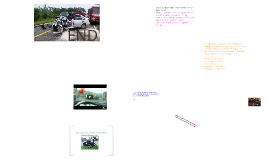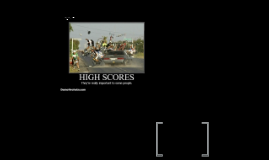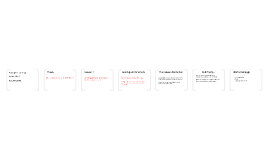Texting while driving
Transcript: If you use a cell phone, chances are you’re aware of “text messaging”—brief messages limited to 160 characters that can be sent or received on all modern mobile phones. Texting, also known as SMS (for short message service), is on the rise, up from 9.8 billion messages a month in December ’05 to 110.4 billion in December ’08. Undoubtedly, more than a few of those messages are being sent by people driving cars. Is texting while driving a dangerous idea? We decided to conduct a test. Previous academic studies—much more scientific than ours—conducted in vehicle simulators have shown that texting while driving impairs the driver’s abilities. But as far as we know, no study has been conducted in a real vehicle that is being driven. Also, we decided to compare the results of texting to the effects of drunk driving, on the same day and under the exact same conditions. Not surprisingly, Car and Driver doesn’t receive a lot of research grants. To keep things simple, we would focus solely on the driver’s reaction times to a light mounted on the windshield at eye level, meant to simulate a lead car’s brake lights. Wary of the potential damage to man and machine, all of the driving would be done in a straight line. We rented the taxiway of the Oscoda-Wurtsmith Airport in Oscoda, Michigan, adjacent to an 11,800-foot runway that used to be home to a squadron of B-52 bombers. Given the prevalence of the BlackBerry, the iPhone, and other text-friendly mobile phones, the test subjects would have devices with full “qwerty” keypads and would be using text-messaging phones familiar to them. Web intern Jordan Brown, 22, armed with an iPhone, would represent the younger crowd. The older demographic would be covered by head honcho Eddie Alterman, 37 (or 259 in dog years), using a Samsung Alias. (Alterman also uses a BlackBerry for e-mail. We didn’t use it in the test.) Our long-term Honda Pilot served as the test vehicle. When the red light on the windshield lit up, the driver was to hit the brakes. The author, riding shotgun, would use a hand-held switch to trigger the red light and monitor the driver’s results. A Racelogic VBOX III data logger combined and recorded the test data from three areas: vehicle speed via the VBOX’s GPS antenna; brake-pedal position and steering angle via the Pilot’s OBD II port; and the red light’s on/off status through an analog input. Each trial would have the driver respond five times to the light, and the slowest reaction time (the amount of time between the activation of the light and the driver hitting the brakes) was dropped. 3. The third is from a law firm that represents people hurt in texting whild driving and drunk driving accidents. It shows a long list of facts and statistics about texting while driving. Including this fact, About 6000 people are killed and 500000 people injured every year because of distracted driving. 2. The second article was from the FCC and it discussed the certain laws pertaining to texting while driving and how you could be arrested for it. The results, though not surprising, were eye-opening. Intern Brown’s baseline reaction time at 35 mph of 0.45 second worsened to 0.57 while reading a text, improved to 0.52 while writing a text, and returned almost to the baseline while impaired by alcohol, at 0.46. At 70 mph, his baseline reaction was 0.39 second, while the reading (0.50), texting (0.48), and drinking (0.50) numbers were similar. But the averages don’t tell the whole story. Looking at Jordan’s slowest reaction time at 35 mph, he traveled an extra 21 feet (more than a car length) before hitting the brakes while reading and went 16 feet longer while texting. At 70 mph, a vehicle travels 103 feet every second, and Brown’s worst reaction time while reading at that speed put him about 30 feet (31 while typing) farther down the road versus 15 feet while drunk. Alterman fared much, much worse. While reading a text and driving at 35 mph, his average baseline reaction time of 0.57 second nearly tripled, to 1.44 seconds. While texting, his response time was 1.36 seconds. These figures correspond to an extra 45 and 41 feet, respectively, before hitting the brakes. His reaction time after drinking averaged 0.64 second and, by comparison, added only seven feet. The results at 70 mph were similar: Alterman’s response time while reading a text was 0.35 second longer than his base performance of 0.56 second, and writing a text added 0.68 second to his reaction time. But his intoxicated number increased only 0.04 second over the base score, to a total of 0.60 second. As with the younger driver, Alterman’s slowest reaction times were a grim scenario. He went more than four seconds before looking up while reading a text message at 35 mph and over three and a half seconds while texting at 70 mph. Even in the best of his bad reaction times while reading or texting, Alterman traveled an extra 90 feet past his baseline performance; in the worst case, he went 319 feet farther down the

















